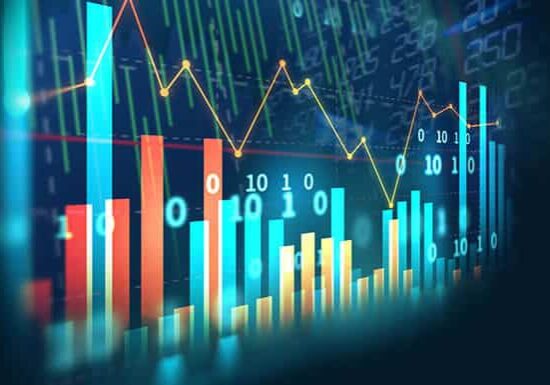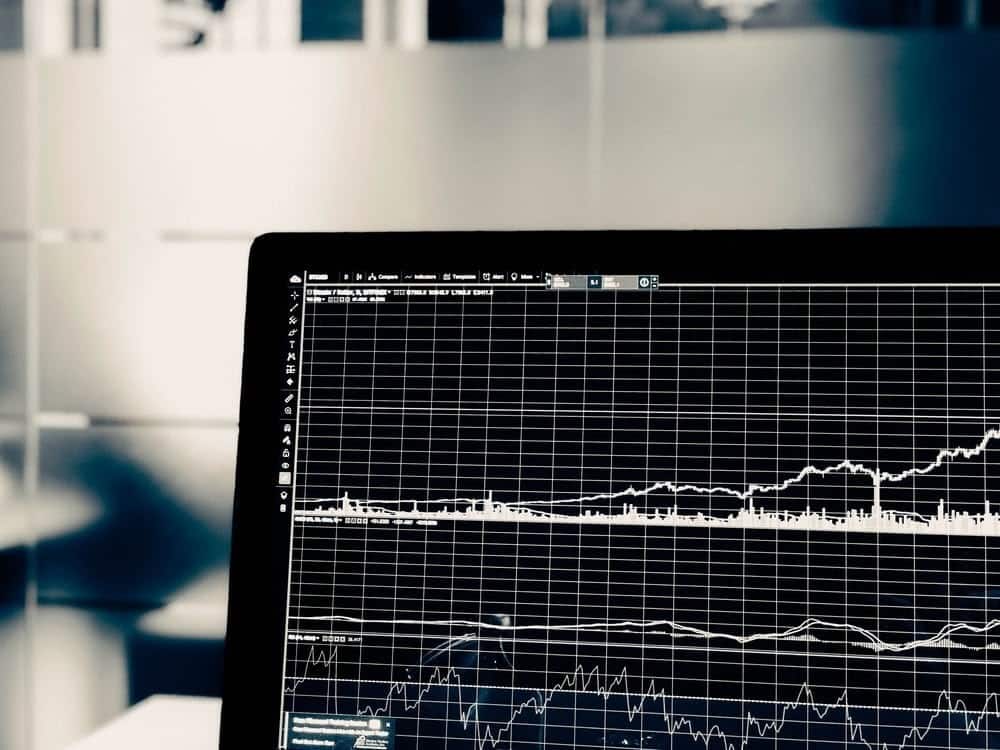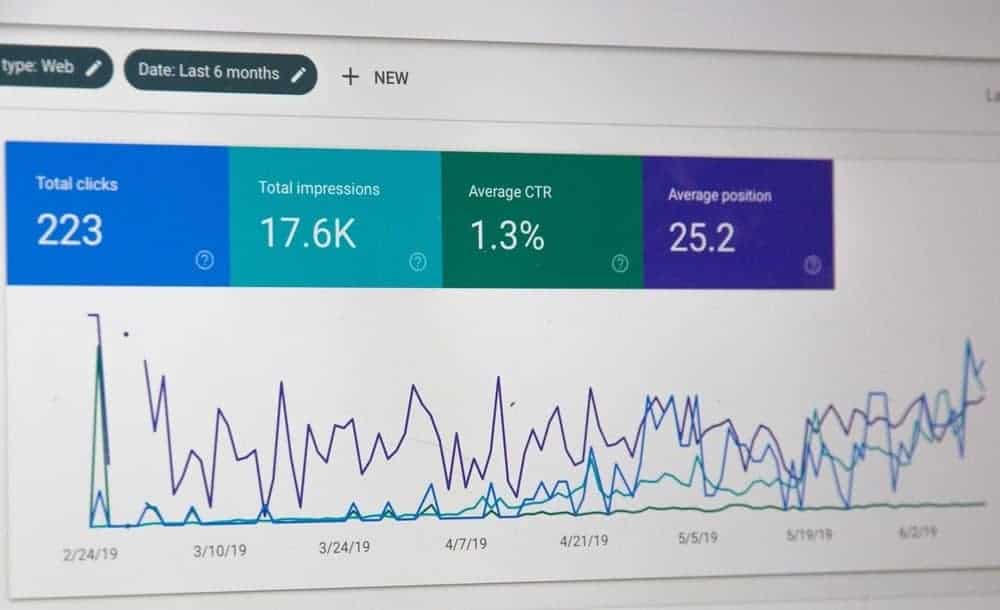Understanding Statistics And Probability: Making Math Fun!
Updated: June 19, 2024
Published: July 20, 2021

It may not seem like it, but statistics and probability is everywhere you go. From the methods behind why you receive the targeted ads you see on social media to the bet you make with a friend about who will win the big baseball game, statistics are a big part of everyday life.
Once we fully answer, “what is statistics and probability?” within the contents of this article, you will come to realize just how big a role this pillar of mathematics plays in your world.

What is Statistics?
Statistics is an area of applied mathematics by which data can be analyzed to draw important conclusions. According to Investopedia, statistics can be defined as, “a branch of applied mathematics that involves the collection, description, analysis, and inference of conclusions from quantitative data.”
Statistics allows for the power of a portion of a whole to serve as a representation of something bigger.
For example, say you wish to learn about all college students in America, it would be hard to get information about every single person. Statistics allows for you to pull a random sample and better understand any aspect about all students without having information for each individual specifically.
Types of Statistics
It’s possible to break down statistics into two main categories. They are as follows:
- Descriptive: Descriptive statistics helps to paint a picture about a specific data set based on sample measures of the data. It allows you to describe the data by using short summaries. Therefore, it’s focused on the data’s characteristics.
- For example, you may want to know how much you typically spend on your groceries. You can chart all your grocery purchase totals and use statistics to get values like the mean (average) or minimum and maximum amount you’ve spent.
- Inferential: Inferential statistics is used to make predictions about a population according to information gleaned from a sample.
For example, rather than charting every single grocery purchase you’ve ever made, you can use a sample of receipts and chart some of the purchases you’ve made. Then, you can use a statistical model to predict and forecast how much you may spend going forward. Using models within statistics, you can also find out how certain variables affect your spending (like if weather plays a role in your purchasing behavior, for example).
Key Terms in Statistics
When working in statistics, you’ll come across a few key terms constantly.
Here, we will define what they are so that you have a good idea of what you can expect to need to know.
- Sample: The sample is a subset of your population
- Population: The population refers to all the sources from which you want to collect data
- Variable: A variable is a quality or characteristic that can be counted. It can also be called a data item.
- Parameter: A parameter, or statistical model, indexes the distribution of probability. This could be the mean, median, or mode, to name a few.
Types of Analysis
The ultimate use for statistics and probability is to provide methods by which people can analyze data and find answers to important questions. The two major types of data analysis that exist are:
- Quantitative analysis: Like the name implies, quantitative analysis is numerical in nature (able to be quantified). This statistical analysis is performed through numbers and graphs to provide graphical representations and a visual understanding of data points. This makes it easy to spot patterns.
- Qualitative analysis: Qualitative analysis is non-statistical and descriptive by nature. It can be gleaned from basic information through media like text, sound, and images.
What is Probability?
There are only a few things that people know for certain. For everything else, there’s chance and likelihood involved. Probability is a way to measure how likely it is for an event to occur.
The most common example you’ve probably heard about when learning about probability is the likelihood for a coin to land on heads or tails when you flip it. This is a 50/50 chance for each situation to occur, namely that you’ll flip a head or you’ll flip a tail (1 outcome out of 2 possible options).
To assess probability, the general equation is as follows:
Probability an event will happen = the number of ways it can happen / total number of outcomes
So, you can only land on heads in one possible way with a coin, and there’s either heads or tails (2), which is what provides you with the probability of ½, or 50%.
Probability is not exact. It’s an estimate of likelihood, so it can help to give a good idea of what can happen in the future based on numbers, but it could also be off from reality.

Data and Statistics: A Main Link
By now, you’re probably wondering why we are so focused on statistics and probability. The truth is that statistics shows up in many different settings within careers. This is because of the world’s increasing reliance and usage of data.
However, data and statistics are not the same thing — although they are closely related. As a student or professional, knowing this key difference can help you within your experiences and career.
Data refers to individual facts and pieces of information. Data is the building blocks of statistics. You use data in order to perform the analysis that statistics allows for.
Statistics are the results and outcome of the data. It provides a way by which people can understand data.
In business settings and academia, data and statistics are paramount to operations. Technology, artificial intelligence, and computers have made it easier than ever to collect data and perform statistical analysis effortlessly.
This brings us to our next main point — you can learn everything there is to know about data and statistics by earning a degree in computer science.
Learning More: A Degree in Computer Science
By studying computer science, you will be equipped to collect, manage, store, analyze, and use data for any purpose. While earning a degree in computer science may sound challenging, it’s very possible to do at your own pace and in your own time.
At University of the People (UoPeople), we provide the opportunity to earn a degree in computer science entirely online and tuition-free. This means that you can become an expert in data science, analysis, statistics, and probability for a low cost without sacrificing the quality of your education.
Wrapping Up
Statistics and probability show up all over the place. Take a look at your weather app and see what percentage chance there is of rain — that’s probability. Receive your grade on a midterm, along with the class average — that’s statistics.
Knowing how to leverage data and apply statistics can transform you into a valuable asset for any business or government entity. The rise of data and statistics is not set to slow down. If you feel this is a field in which you wish to work, you can get started by studying computer science!
